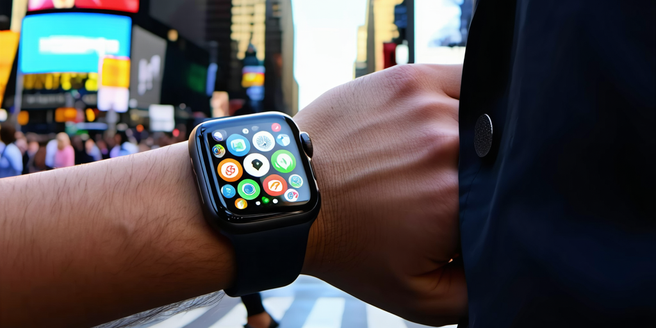Inclusions In Wearable Tech Accessibility

Understanding Wearable Tech Accessibility
Wearable tech accessibility is a growing field aimed at making devices usable for people with various abilities. It focuses on ensuring that gadgets like smartwatches and fitness trackers are operable by individuals with disabilities. The goal is to design devices that are intuitive and accessible to a broader user base. This involves not just clear visual displays but also auditory and tactile feedback for those with vision or hearing impairments. By engaging with users during the design phase, developers can create more inclusive products. This requires a commitment to understanding diverse user needs and preferences, which can vary greatly. The outcome is technology that not only meets technical specifications but also provides meaningful improvement to users’ lives. Through these efforts, wearable tech can bridge the gap between innovation and inclusivity.
Key Challenges in Accessible Design
Designing accessible wearable technology comes with several challenges. A major hurdle is balancing functionality with usability, as adding too many features can make a device complex for users with disabilities. Additionally, customization is crucial; what works for one individual may not suit another, necessitating options that are adaptable to varying needs. Power consumption is also a concern, as accessibility features like voice control or haptic feedback often require additional energy. Furthermore, miniaturization of components without compromising their effectiveness is a technical challenge for designers. Cost is another barrier, as accessible design can sometimes increase production expenses. Finally, developers must keep abreast of constantly evolving accessibility standards and guidelines to ensure compliance and inclusivity. Overcoming these challenges is essential for developing wearable tech that truly caters to all users.
Innovative Solutions in Wearable Devices
Innovation in wearable tech has led to devices that significantly enhance accessibility. One such solution is the use of advanced sensors that can adapt to a user’s movement patterns, providing real-time feedback for improved physical performance or injury prevention. Voice-activated commands have enabled hands-free operation, which is particularly beneficial for users with limited mobility. Meanwhile, artificial intelligence is being integrated to offer personalized experiences by learning from user behaviors and preferences. Moreover, the introduction of flexible displays and materials enhances comfort, making devices easier to wear for extended periods. Additionally, haptic feedback technology provides non-visual alerts, expanding usability to individuals who are visually impaired. These advancements show that creativity and technology advancements can merge to create more inclusive gadgets, paving the way for new levels of user engagement and satisfaction.
Policies and Standards for Inclusion
The development and deployment of wearable tech are guided by policies and standards to ensure accessibility and inclusion. Various international guidelines, like the Web Content Accessibility Guidelines (WCAG), offer frameworks that developers can follow. These guidelines ensure the creation of devices that are not only legally compliant but also usable by people with various abilities. Standardization bodies are constantly refining these standards as technology evolves, ensuring they remain relevant. Policymakers play a crucial role in setting mandates that require tech companies to prioritize inclusivity. Furthermore, public and private partnerships can lead to the sharing of best practices and resources for more inclusive design processes. By adhering to these policies and standards, wearable tech companies can better serve a diverse audience and contribute to a more inclusive tech environment globally.
Future Trends in Accessibility Technology
The future of accessibility technology in wearables is promising, with several trends pointing to more inclusive advancements. Artificial intelligence will continue to play a pivotal role, enabling devices to learn and adapt to individual user needs, enhancing personalization. Biometric innovations are likely to lead to devices that offer tailored health insights and feedback. Additionally, the rise of open-source platforms will facilitate collaboration among developers, leading to more rapid advancements in accessibility features. Another exciting trend is the integration of augmented reality (AR) for improved navigation and learning for users with disabilities. With the advancement of these technologies, wearables will offer more immersive and empowering experiences. These innovations, coupled with stronger policies and education on accessibility, are set to redefine how wearables can serve individuals of all abilities in the future.